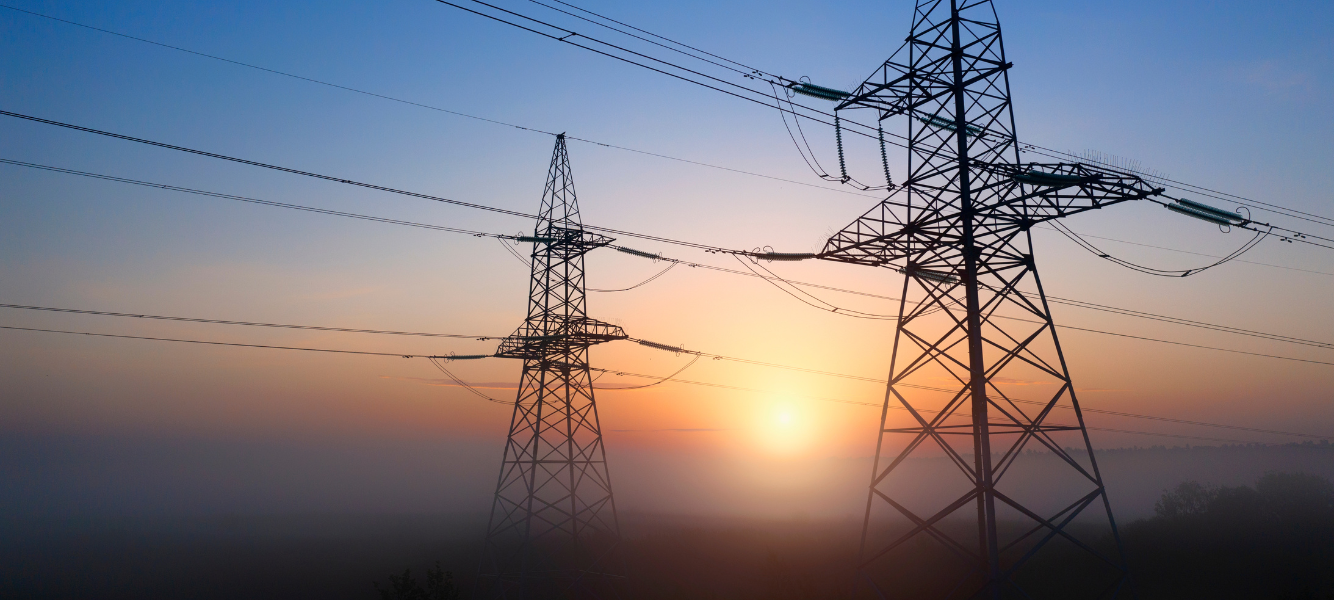Solar power in the United States is on course for another record-breaking summer, with federal forecasters expecting output from utility-scale projects to leap by more than a third compared with last year.
Behind the headlines lie several converging factors – cost economics, maturing supply chains, and a grid hungry for new low-carbon capacity – that continue to propel the market even when policy signals are mixed.
Drawing on the latest data from government agencies, industry bodies, and market analysts, thisblog explores the drivers of growth, the obstacles still to overcome, and what it all means for employers and talent in the clean-energy sector.
1. The Numbers in Context
The U.S. Energy Information Administration (EIA) forecasts 124 billion kWh of solar generation across June to September 2025, a 34% jump on the same period in 2024.
That seasonal rise is part of a longer-term trend: utility-scale plants produced 36% more daytime electricity in August 2024 than in August 2023.
Solar’s contribution is expanding so quickly that it already represented 84% of all new utility-scale capacity additions in 2024, a record 50 GW according to joint analysis by SEIA and Wood Mackenzie.
Quarterly figures show the momentum has not slowed.
The Solar Energy Industries Association’s latest Solar Market Insight report logged 10.8 GWdc installed in Q1 2025 alone, keeping cumulative U.S. operating capacity above 200 GWdc.
American Clean Power’s parallel market report recorded 7.4 GW of clean-power projects – overwhelmingly solar and storage – energised in the same quarter, the second-strongest Q1 on record.
2. Economics Still Favour Photovoltaics
Hard numbers on project economics explain why developers continue to prefer solar.
Lazard’s flagship Levelised Cost of Energy study finds that utility-scale PV remains one of the cheapest sources of new generation, even after modest cost increases in 2024, with the mid-range LCOE comfortably below that of conventional thermal technologies when tax incentives are excluded.
Declining module prices, improved inverter efficiencies, and economies of scale have kept the technology competitive despite rising interest rates and lingering trade tariffs.
3. Demand Pressures and the Grid
Electricity demand is itself rising after years of flat consumption, driven by electric vehicles, heat pumps, and data-centre growth linked to artificial intelligence.
The EIA now projects record-breaking total U.S. consumption of 4,189 billion kWh in 2025 and 4,278 billion kWh in 2026.
Meeting that volume affordably pushes utilities toward solar, which can be deployed quickly at scale.
Federal long-term modelling likewise shows renewables’ share of generation climbing from 23% in 2024 to 26% in 2026, with solar absorbing most of the growth.
4. Policy without Partisanship
While political leadership in Washington sometimes changes direction – for example on trade rules, tax credit structures, or permitting – analysts observe that the underlying economics and state-level clean-energy standards keep deployments rising.
A comprehensive Department of Energy supply-chain review concludes that expanding domestic manufacturing and reducing import dependence strengthens resilience regardless of short-term policy swings.
Industry commentary from Wood Mackenzie notes that tariff uncertainty and labour shortages can delay projects, but forecasts a return to growth from 2028 onward, with installations still climbing 3% a year to 2030.
At Astute, we interpret that to mean companies need robust workforce strategies now to avoid future bottlenecks.
5. Supply-Chain and Interconnection Challenges
However, the boom is not friction-free.
NREL’s Spring 2024 update highlights persistent interconnection delays, particularly for community and utility-scale projects facing long transmission queues.
A Summer 2024 market brief attributes rising power-purchase-agreement prices partly to those delays and to permitting uncertainty in key states.
Developers are responding by co-locating batteries, with national storage capacity exceeding 30 GW in Q1 2025, up 65% year on year.
Co-location improves value capture from mid-day generation peaks and can ease grid-stability concerns.
6. Technological Advances
Technology is also doing its part.
Conversion efficiencies for mainstream mono-PERC modules now exceed 23% in production lines, and tandem cell research is demonstrating laboratory efficiencies above 30%.
Although those milestones are not yet commercial, they point to future output gains without proportionate land-use expansion.
Meanwhile, tracker systems and advanced forecasting software allow plants to squeeze more kilowatt-hours from each installed watt, narrowing the gap between name-plate capacity and actual generation.
7. Employment and Skills Outlook
Growth translates directly into hiring.
The U.S. Bureau of Labor Statistics expects employment for solar photovoltaic installers to rise 48% between 2023 and 2033, ranking among the nation’s fastest-growing occupations.
That projection equates to roughly 4,100 new openings every year, not including electricians, project managers, or engineers elsewhere in the value chain.
For recruiters, the message is clear: demand is strong, but competition for specialised talent will intensify as more gigawatt-scale projects break ground.
8. Opportunities for Businesses and Candidates
For employers, the expanding project pipeline offers opportunities to diversify revenue streams through operations and maintenance contracts, supply-chain services, or co-located storage offerings.
Developers who invest early in workforce development, apprenticeship schemes, and diversity initiatives are likely to secure scarce labour and strengthen community buy-in. Candidates with experience in high-voltage safety, SCADA systems, or battery integration will find their skill sets increasingly valuable.
At Astute, we are already supporting clients who need project managers fluent in U.S. permitting processes, grid analysts capable of navigating regional transmission operator queues, and technicians trained for combined solar-plus-storage sites.
By staying ahead of the labour curve, companies can avoid costly project delays and maintain investor confidence.
9. Looking Ahead to 2030
The EIA’s Annual Energy Outlook 2025 suggests that by 2030, solar could supply more than 15% of total U.S. electricity under its reference case, up from around 6% in 2023.
Other scenarios that factor faster electrification or steeper cost declines push the share higher still. In absolute terms, that entails installing hundreds of additional gigawatts across deserts, rooftops, and farmland, supported by flexible storage and upgraded transmission.
Wood Mackenzie’s medium-term outlook hints at a brief plateau mid-decade, but solar’s structural advantages – quick build times, scalable modularity, and low marginal operating costs – underpin a renewed expansion later in the 2020s.
Combined with grid-modernisation efforts and falling battery prices, analysts expect renewables to dominate new-build decisions through 2035.
10. Key Takeaways for Astute’s Audience
-
Momentum is enduring. Even during periods of policy uncertainty, cost competitiveness and rising electricity demand favour solar.
-
Bottlenecks remain. Transmission queues and supply-chain logistics can delay timelines by months, so early planning and specialist talent are essential.
-
Skills are in short supply. Installer and technician roles top growth charts, and demand spans engineering, finance, and operations disciplines.
-
Storage is the new normal. Co-locating batteries boosts project economics and resilience, demanding hybrid skill sets across electrical and data domains.
-
Long-term prospects are bright. Forecasts to 2030 and beyond show solar’s share climbing steadily, ensuring a sustained recruitment pipeline.
Solar generation’s latest summer surge underscores a broader takeaway: the technology has reached a scale and cost point where it advances largely on its own merits.
The market will still ebb and flow with module prices, tariff rulings, and grid constraints, but the underlying trajectory is unmistakably upward.
For developers, investors, and the skilled professionals who build and operate these plants, the opportunity set is expanding, not contracting.
Astute stands ready to help businesses secure the talent they need to capitalise on that opportunity, and to guide candidates toward roles where they can make a tangible impact on America’s energy future.
If your organisation plans to scale its solar portfolio – or if you are a professional looking to advance your clean-energy career – get in touch to learn how we can support your journey.

















